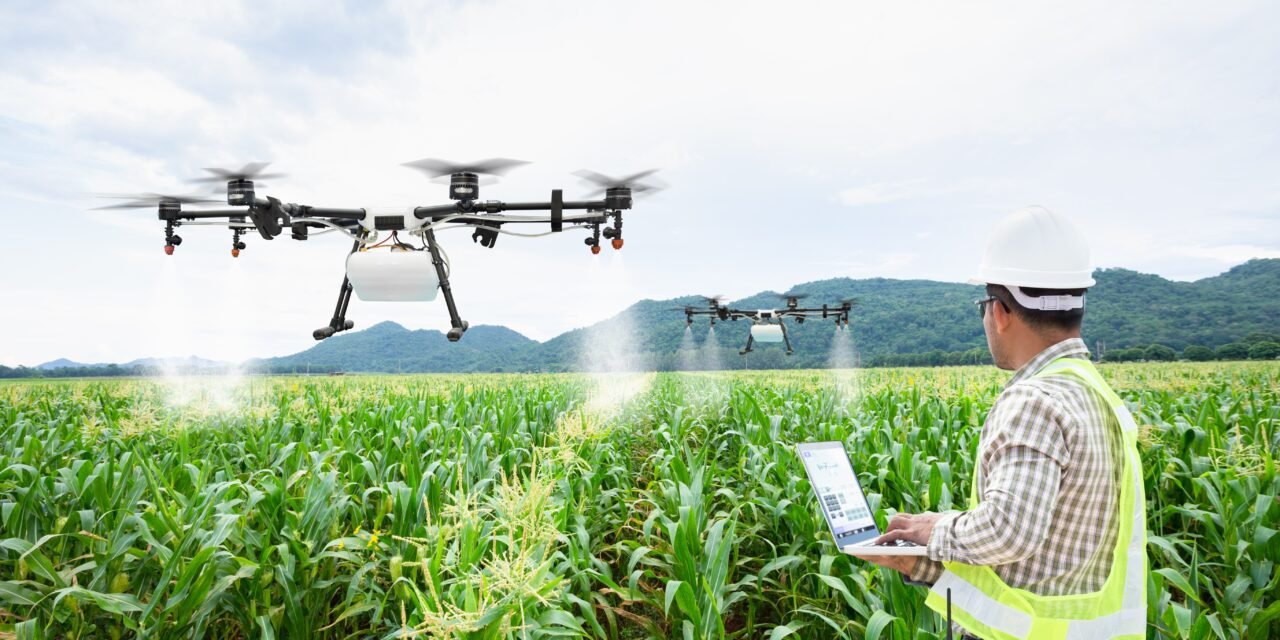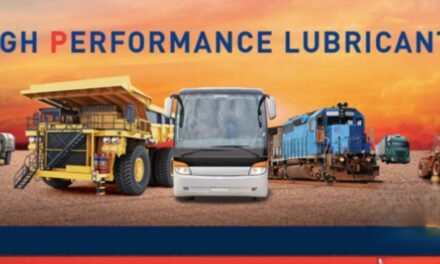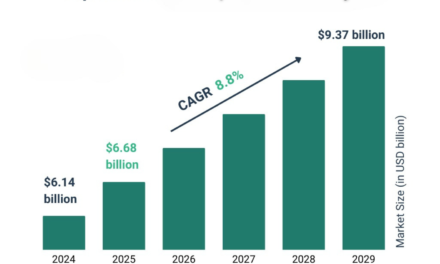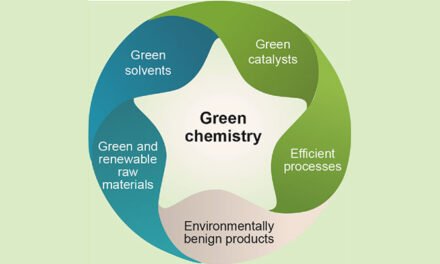Precision agriculture technologies are revolutionizing fertilizer use by optimizing application rates, minimizing waste, and enhancing crop productivity. By leveraging data-driven tools and advanced equipment, precision agriculture allows farmers to apply fertilizers with greater accuracy, reducing environmental impacts and improving economic efficiency. Here’s how precision agriculture is impacting fertilizer use:
1. Site-Specific Fertilizer Application
- Variable Rate Technology (VRT):
- Enables precise application of fertilizers based on soil variability and crop needs across a field.
- Impact:
- Reduces overapplication in fertile areas and ensures adequate nutrients in deficient zones.
- Example:
- Farmers use GPS-enabled spreaders to apply nitrogen where needed, minimizing leaching and runoff.
- Benefits:
- Maximizes nutrient efficiency.
- Reduces fertilizer costs and environmental impact.
2. Improved Soil and Crop Monitoring
- Soil Testing and Mapping:
- Precision soil sampling generates detailed nutrient maps, identifying areas requiring specific fertilizer inputs.
- Remote Sensing:
- Drones and satellites monitor crop health and soil conditions, detecting nutrient deficiencies early.
- IoT Sensors:
- Soil sensors measure moisture, pH, and nutrient levels in real time, guiding fertilizer application decisions.
- Impact:
- Ensures timely and accurate fertilizer application tailored to real-time field conditions.
3. Enhanced Fertilizer Efficiency
- Optimal Timing:
- Precision tools guide farmers on the best timing for fertilizer application, ensuring synchronization with crop growth stages.
- Example:
- Nitrogen application during peak crop uptake periods reduces losses due to volatilization or leaching.
- Controlled-Release Fertilizers:
- Integration with precision agriculture ensures that controlled-release fertilizers are applied where they deliver the most benefit.
4. Reduced Environmental Impact
- Lower Nutrient Runoff:
- Accurate application prevents excess nutrients from washing into water bodies, reducing risks of eutrophication.
- Reduced Greenhouse Gas Emissions:
- Optimized nitrogen application minimizes nitrous oxide emissions, a potent greenhouse gas.
- Sustainable Practices:
- Precision technologies align with climate-smart agriculture goals by reducing the carbon footprint of fertilizer use.
5. Cost Savings for Farmers
- Input Efficiency:
- Farmers save on fertilizer costs by applying only the required amounts, avoiding overuse.
- Improved ROI:
- Enhanced crop yields and reduced input waste result in higher profitability.
- Long-Term Soil Health:
- Balanced nutrient application preserves soil fertility, reducing future input requirements.
6. Integration with Advanced Technologies
- Big Data and Analytics:
- Platforms analyze historical and real-time data to create customized fertilizer management plans.
- Artificial Intelligence (AI):
- AI models predict nutrient requirements based on weather, crop growth, and soil data.
- Example:
- AI tools recommend fertilizer application schedules to maximize efficiency and yield.
- Automation and Robotics:
- Autonomous vehicles equipped with precision application tools deliver fertilizers accurately, reducing labor requirements.
7. Improved Crop Quality and Yield
- Balanced Nutrition:
- Precision technologies ensure that crops receive the proper nutrients in the right amounts, improving quality and quantity.
- Stress Mitigation:
- Early detection and correction of nutrient deficiencies prevent crop stress and loss.
8. Facilitating Sustainable Fertilizer Practices
- Integration with Biofertilizers:
- Precision agriculture ensures the optimal application of biofertilizers, enhancing their effectiveness.
- Site-Specific Organic Inputs:
- Organic fertilizers and composts are applied more efficiently, supporting regenerative agriculture.
9. Challenges and Solutions
- High Initial Costs:
- Precision agriculture equipment and software require significant investment.
- Solution: Subsidies and financing options encourage adoption among small-scale farmers.
- Data Complexity:
- Farmers may face challenges interpreting data from precision tools.
- Solution: Training programs and user-friendly platforms simplify data analysis.
- Connectivity Issues:
- Rural areas with limited internet connectivity may struggle to implement IoT-based systems.
- Solution: Offline and low-bandwidth solutions are being developed.
10. Regional Adoption and Trends
- North America:
- High adoption of VRT and GPS-enabled tools in large-scale farming operations.
- Europe:
- Emphasis on sustainable farming practices and regulatory compliance drives precision fertilizer use.
- Asia-Pacific:
- Growing adoption of drone and IoT technologies in intensively farmed areas like India and China.
- Africa:
- Emerging adoption of precision tools in regions focusing on improving fertilizer efficiency.
11. Future Outlook
- Increased Adoption:
- Falling technology costs and greater accessibility will drive adoption in small and medium-sized farms.
- Integration with Sustainability Goals:
- Precision agriculture will play a pivotal role in achieving global targets for sustainable fertilizer use and reducing agricultural emissions.
- Advanced AI and Machine Learning:
- Predictive models will further enhance fertilizer management, improving efficiency and outcomes.
Conclusion
Precision agriculture technologies are transforming fertilizer use by enabling site-specific application, reducing waste, and promoting sustainability. As these technologies continue to advance and become more accessible, they will be critical in addressing global challenges like food security, climate change, and resource efficiency. By integrating precision tools, farmers can achieve higher productivity while protecting the environment and conserving natural resources.
Hashtags
#PrecisionAgriculture #SmartFarming #AgriTech #FutureOfFarming #FarmingWithTech #FertilizerOptimization #EfficientFertilization #SmartFertilizers #PrecisionFertilization #OptimizedFarming #NutrientManagement #TechnologyAndInnovation #AgriTechInnovation #FarmingTechnology #AIInAgriculture #IoTInFarming #TechForSustainability #SustainabilityAndEnvironmentalImpact #SustainableFarming #EcoFriendlyFertilizers #ClimateSmartAgriculture #GreenFarmingPractices

















